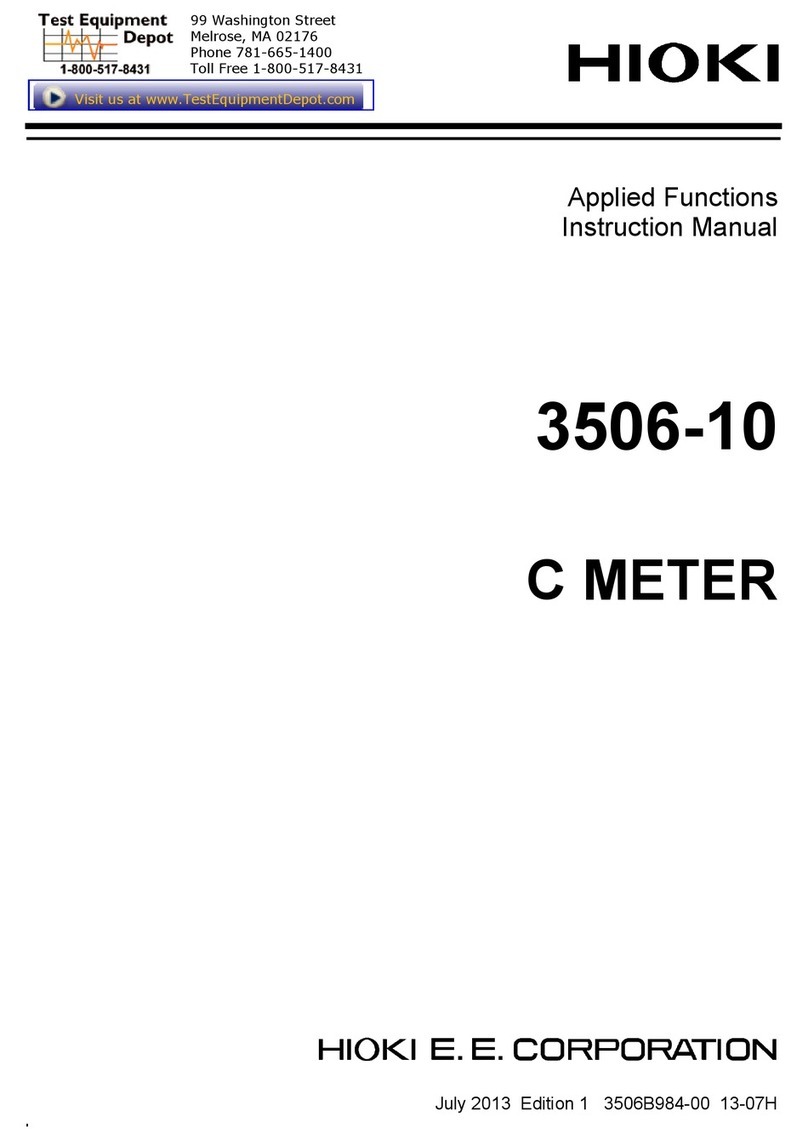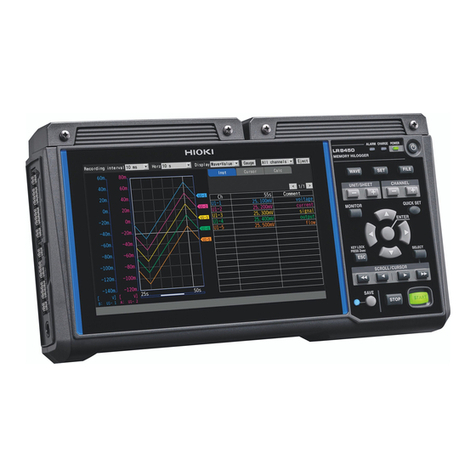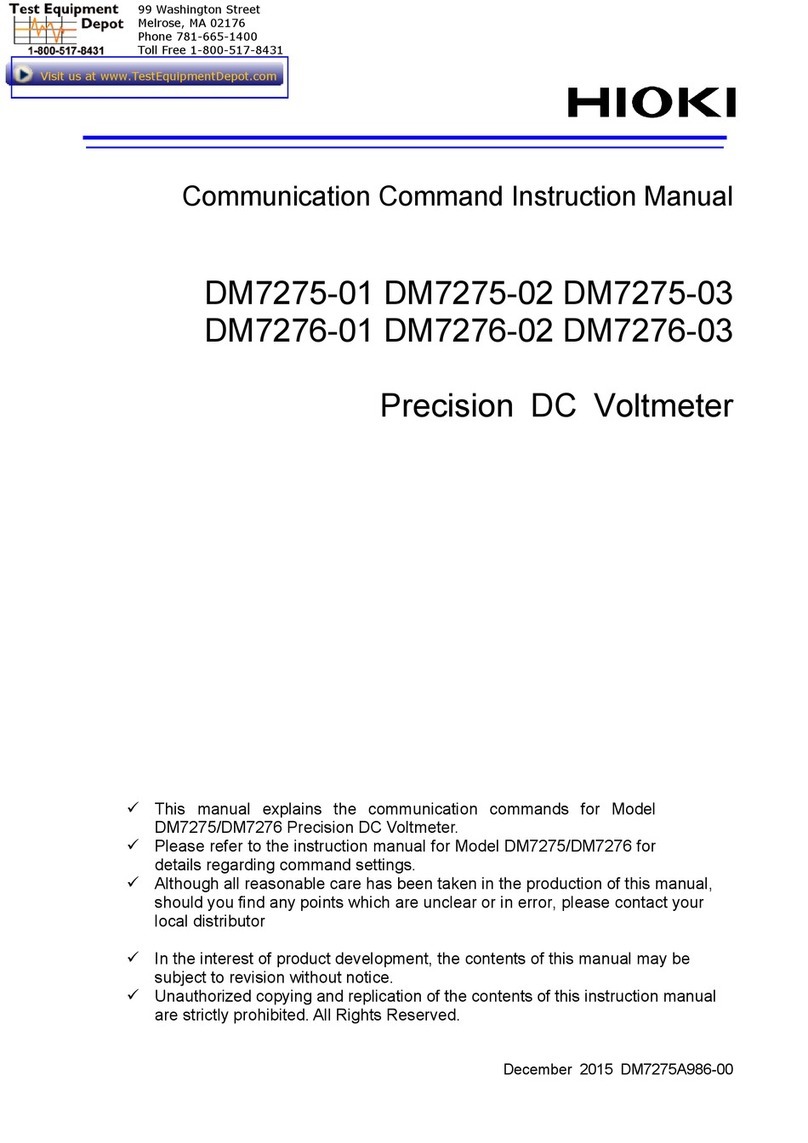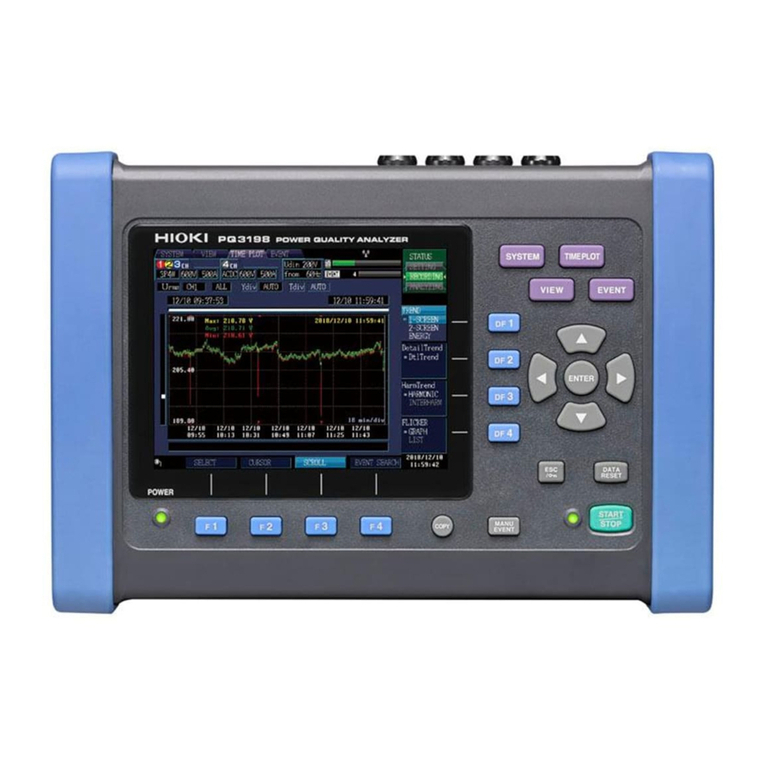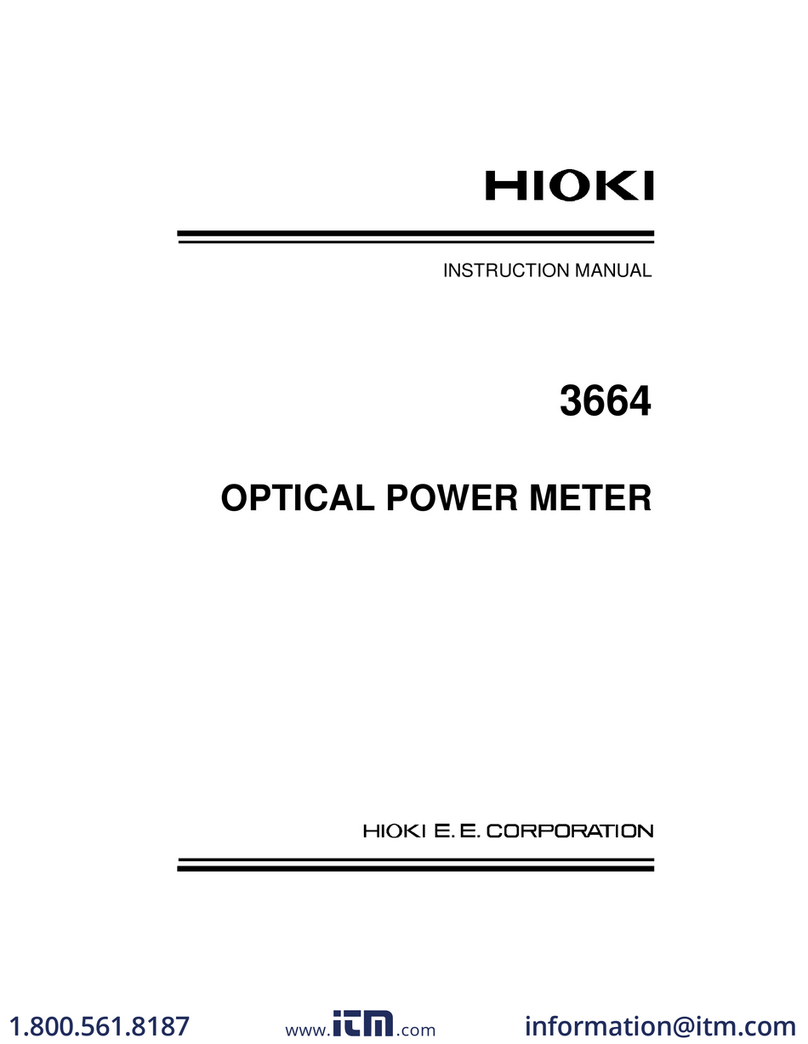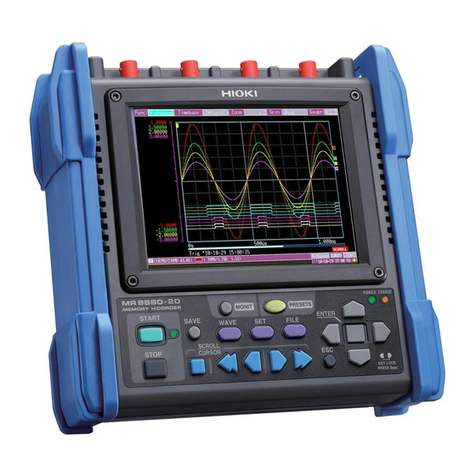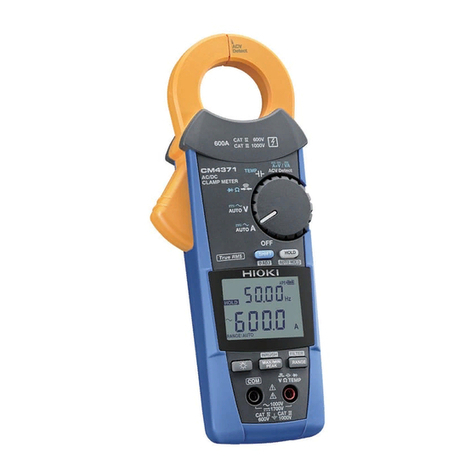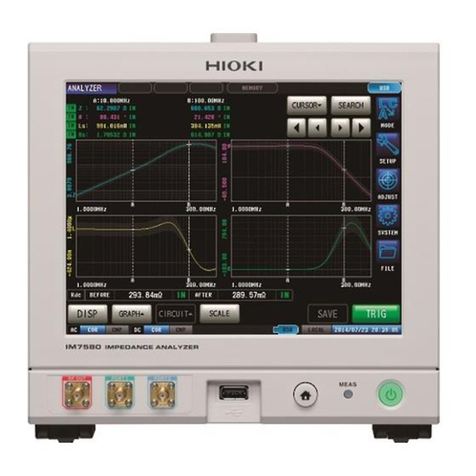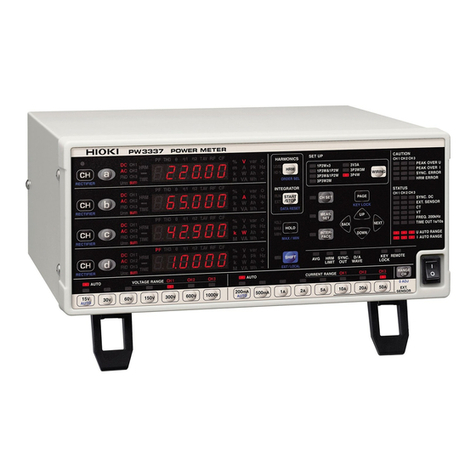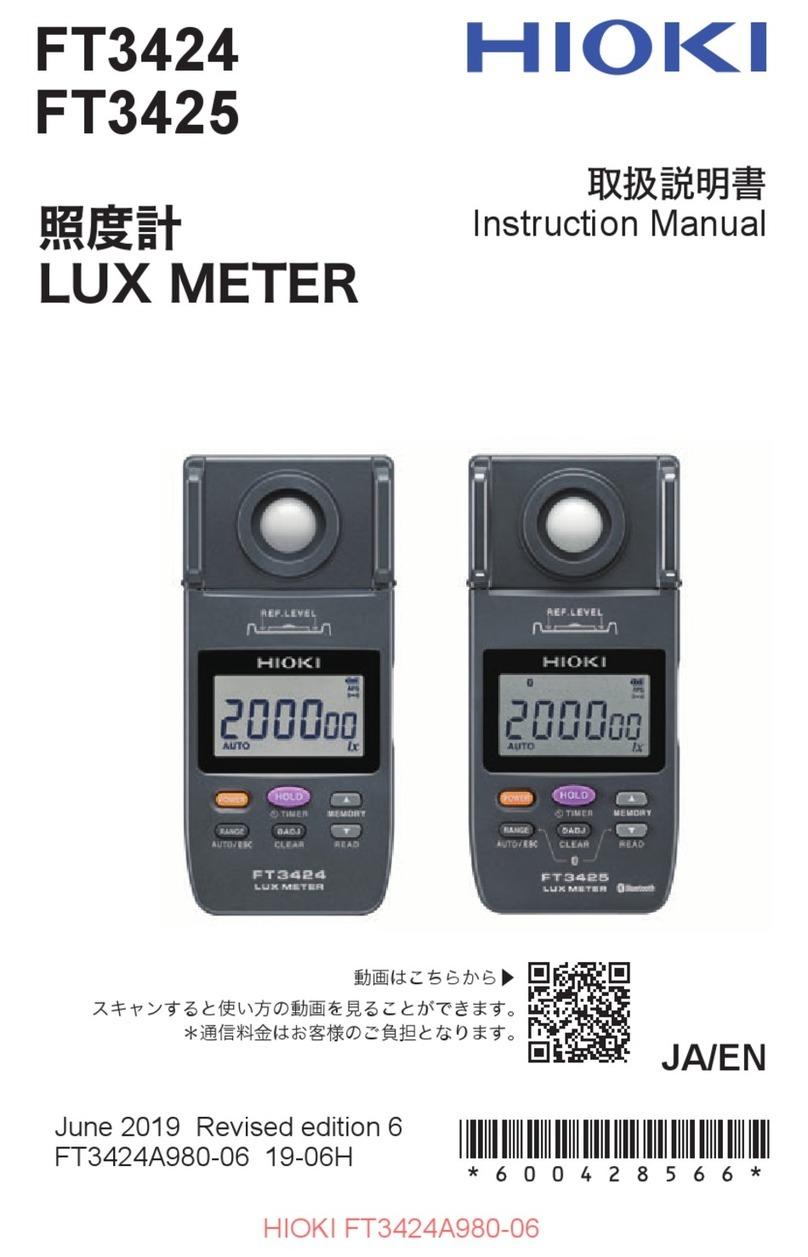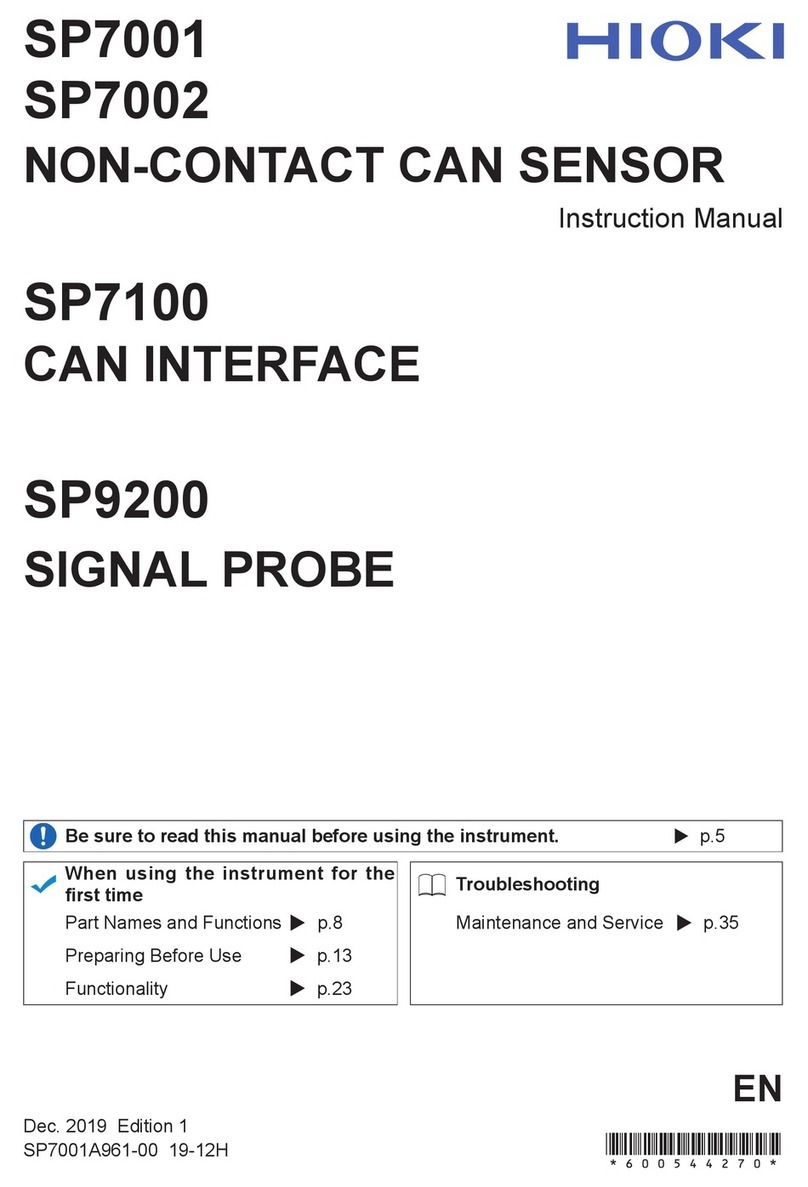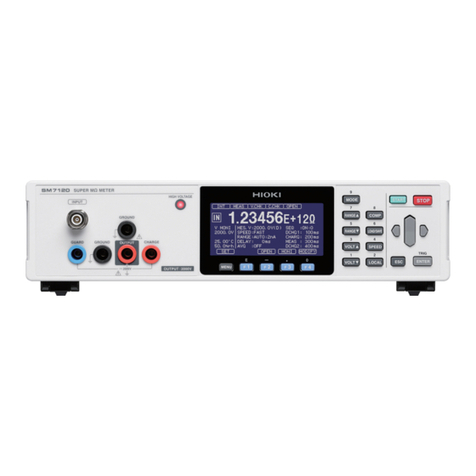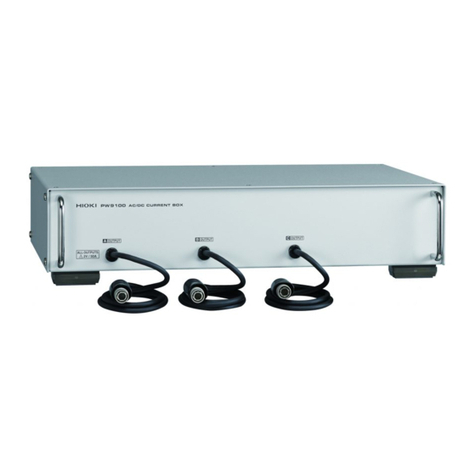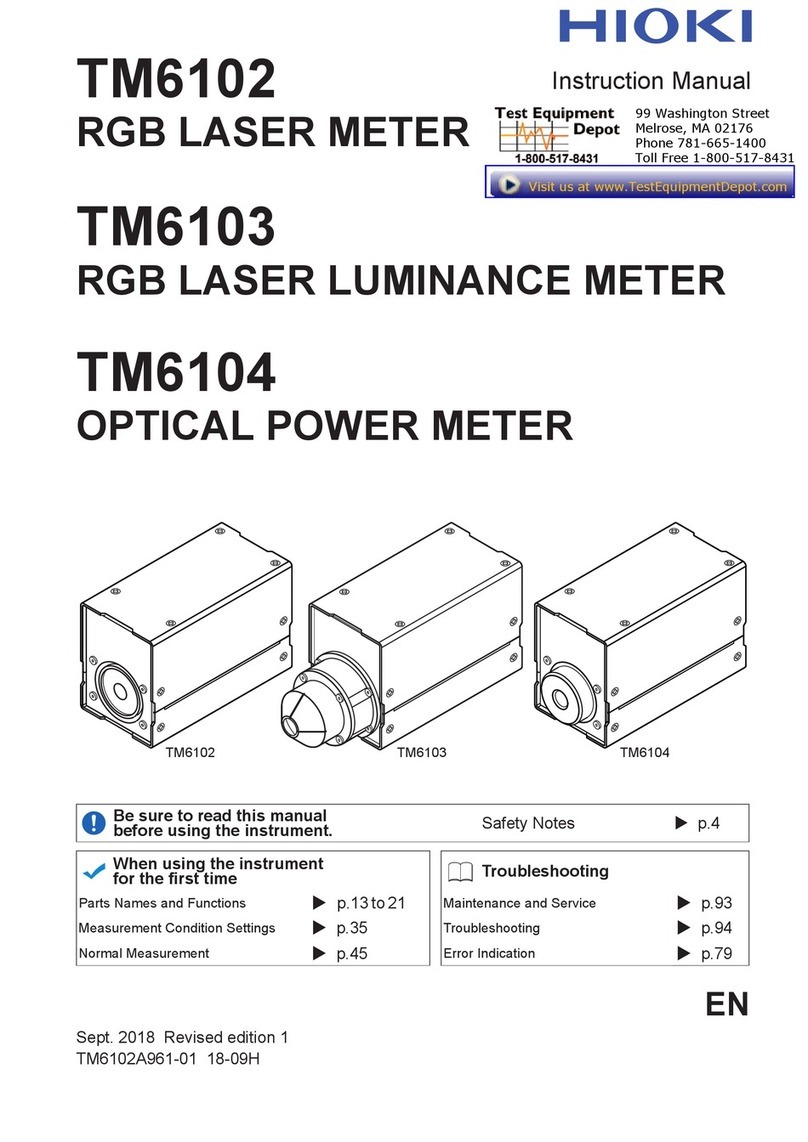
:DARK:AVERaging ........................................................................................................................24
:DARK:JUDGment.........................................................................................................................24
(10) Dark Estimation .........................................................................................................................26
:DARK:ESTimate ...........................................................................................................................25
:DARK:ESTimate:RESult..............................................................................................................25
(11) Dark Value Acquisition State....................................................................................................28
:DARK:STATe:# ............................................................................................................................26
(12) Clearing Dark Value...................................................................................................................28
:DARK:CLEar:# ............................................................................................................................26
(13) Normal Measurement Settings.................................................................................................28
(a) Average Times ...........................................................................................................................28
:AVERaging....................................................................................................................................26
(b) White BalanceAdjustmentAssistance Function .......................................................................29
:TARGet ..........................................................................................................................................27
:TARGet:DEViation:# ...................................................................................................................27
:TARGet:DEViation:PHOTometry.................................................................................................28
(c) Centroid Wavelength Input Mode (Correction Function)...........................................................31
:SCALe:WAVelength:# .................................................................................................................29
:SCALe:WAVelength:DATA:# ......................................................................................................29
(d) Centroid Wavelength Offset (Correction Function)....................................................................32
:SCALe:WAVelength:OFFSet .......................................................................................................30
:SCALe:WAVelength:OFFSet:DATA:# ........................................................................................30
(e) Radiometric Quantity Gain (Correction Function) .....................................................................33
:SCALe:RADiometry:GAIN...........................................................................................................31
:SCALe:RADiometry:GAIN:DATA:# ...........................................................................................31
(f) Chromaticity (x,y) Offset (Correction Function)..........................................................................34
:SCALe:XY:OFFSet........................................................................................................................32
:SCALe:XY:OFFSet:DATA:# ........................................................................................................32
(g) Radiometric Quantity Gain (Correction Function) .....................................................................35
:SCALe:PHOTometry:GAIN..........................................................................................................33
:SCALe:PHOTometry:GAIN:DATA ...............................................................................................33
(14) Reading Measured Values........................................................................................................36
(a) Measurement Status..................................................................................................................36
(b) Measurement Value Formats.....................................................................................................37
(c) Reading Measured Values.........................................................................................................38
:READ .............................................................................................................................................36
:ABORt............................................................................................................................................37
:FETCh:WAVelength:CENTroid:# ...............................................................................................37
:FETCh:WAVelength:DOMinant:# ..............................................................................................38
:FETCh:RADiometry:# .................................................................................................................39
:FETCh:XYZ:# ...............................................................................................................................40
:FETCh:XY:# .................................................................................................................................41
:FETCh:PHOTometry:# ................................................................................................................42
:FETCh:UDVD:# ...........................................................................................................................43
:FETCh:TCP ...................................................................................................................................43
:FETCh:DELUv...............................................................................................................................44
:FETCh:NTSCratio.........................................................................................................................44
:FETCh:LEVel.................................................................................................................................45
:FETCh:PULSe...............................................................................................................................45
:FETCh:DARK................................................................................................................................45
(d) Reading Target Value of Radiometric Quantity..........................................................................48
:TARGet:RESult:# ........................................................................................................................46
:TARGet:RESult:RGB....................................................................................................................48
(15) Others.........................................................................................................................................51
:SYSTem:POWer:LED ...................................................................................................................49
:SYSTem:PRESet...........................................................................................................................49
:SYSTem:ERRor.............................................................................................................................50
